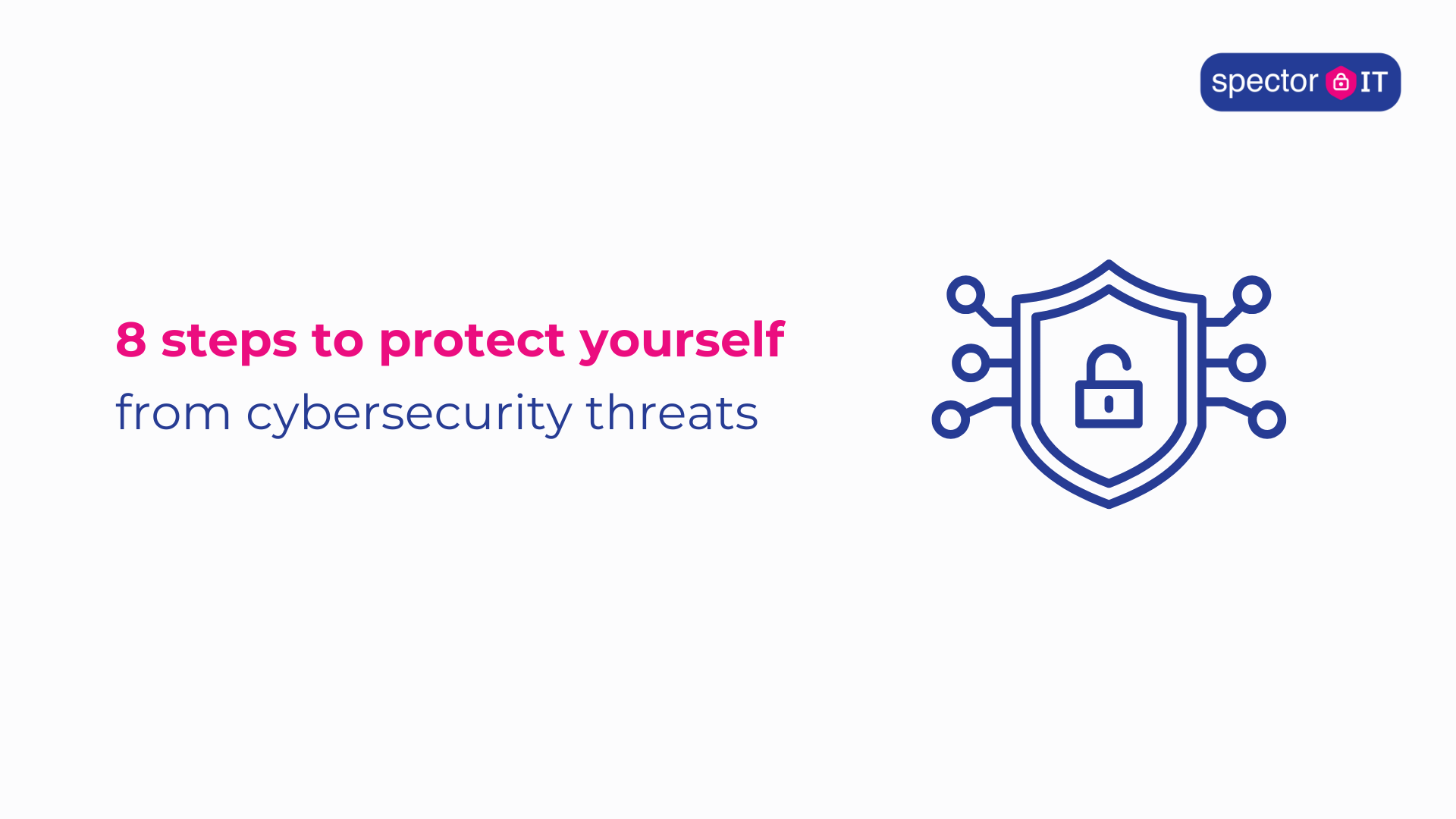
8 steps to protect yourself from cybersecurity threats
The volume and sophistication of cybersecurity threats jumped again in recent years. Attackers now weaponise generative AI to craft convincing phishing lures and exploit unpatched SaaS integrations. If your controls haven’t been reviewed in the last six months, you are leaving the door open.
8 Practical Steps to Defend Your Business Against Cybersecurity Threats in 2025
1. Recognize the Evolving Cyber Threat Landscape
Cyber threats have become more sophisticated, with attackers employing advanced tactics to breach systems. Recent reports indicate a surge in AI-driven phishing attacks, making it imperative for businesses to stay informed about emerging threats.
Read Global threat report – CrowdStrike
2. Implement Robust Employee Training Programs
Human error remains a significant factor in security breaches. Regular training sessions can equip employees with the knowledge to identify and respond to phishing attempts and other malicious activities. Resources like the Cybersecurity and Infrastructure Security Agency (CISA) offer guidelines for effective training programs.
3. Enforce Strong Password Policies and Multi-Factor Authentication
Weak passwords are a common entry point for cybercriminals. Implementing strong password policies, coupled with multi-factor authentication (MFA), adds an essential layer of security. According to CISA, these measures significantly reduce the risk of unauthorized access.
Read our post on Why Your Business Needs Stronger Passwords
4. Regularly Update and Patch Systems
Outdated software can harbor vulnerabilities that attackers exploit. Establish a routine for updating and patching all systems and applications to protect against known exploits.
5. Secure Your Wi-Fi Networks
Unsecured Wi-Fi networks can be an easy target for cybercriminals. Ensure that your business’s Wi-Fi is encrypted, hidden, and secured with strong passwords. Separating guest and corporate networks can further enhance security.
6. Develop a Comprehensive Data Backup Strategy
Regular data backups are vital for recovery in the event of a cyber incident. Implement a strategy that includes multiple backup versions stored in secure, offsite locations.
Read our post on Backup Strategies to Prevent Data Loss in 2025
7. Establish a Disaster Recovery Plan
A well-defined disaster recovery plan ensures that your business can quickly resume operations after a cyberattack. This plan should outline the steps to restore data, communicate with stakeholders, and maintain critical functions.
Learn more with our blog on Does my SME need Disaster Recovery?
8. Conduct Regular Security Assessments
Periodic security assessments help identify potential vulnerabilities within your systems. Engaging third-party experts can provide an unbiased evaluation and recommendations for improvement.
Ready to close the gaps against evolving cybersecurity threats?
Proactively addressing cybersecurity threats is essential for safeguarding your business’s assets and reputation. By implementing these practical steps, you can build a resilient defense against the evolving cyber threat landscape.
Need Expert Assistance?
At Spector IT, we specialize in providing tailored cybersecurity solutions for SMEs. Our team is dedicated to helping you navigate the complexities of cybersecurity and implement effective strategies to protect your business.
Book a call with us today to schedule a consultation and learn how we can assist you in fortifying your cybersecurity posture.
Post updated on – 12/05/2025

